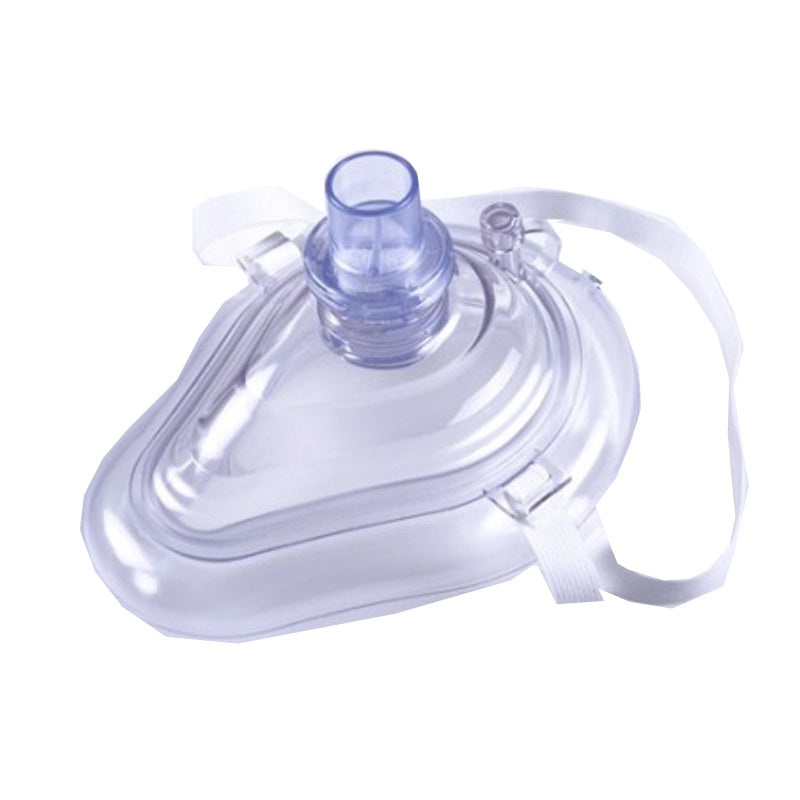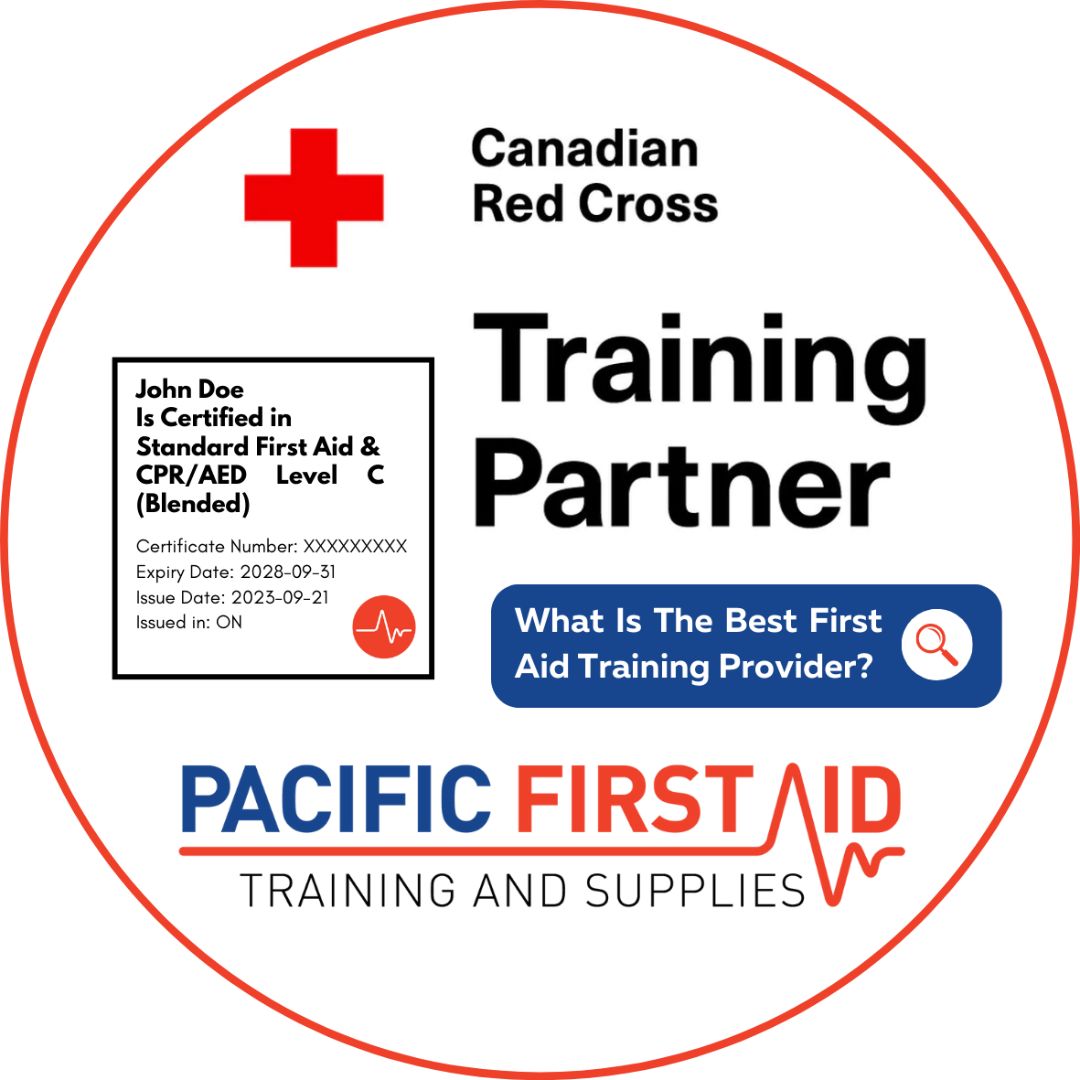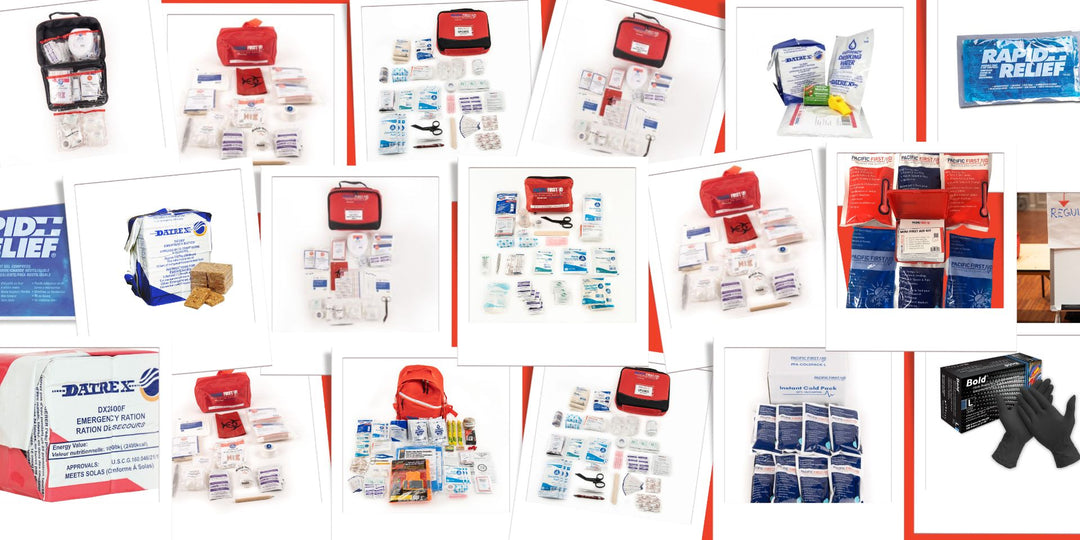
What to do if you think someone is having a heart attack
Photo Credit: Pixabay
When everyday health emergencies occur, we can sometimes feel overwhelmed in the moment – but it’s important to be prepared in order to spring into action to save a life.
In our recent ‘What To Do If’ series, we discussed what to do if someone is experiencing a panic attack, as well as what to do if someone were having a stroke. Now we’re taking a look at what to do if someone around you appears to be having a heart attack.
Here are common signs and symptoms of a heart attack, although symptoms can differ – for example, not everyone experiences chest pain during a heart attack.
Signs and symptoms of a heart attack
Squeezing or crushing chest pain
Problems breathing
Abdominal or back pain (more common in women)
Cold, sweaty skin
Skin that is bluish or paler than normal
Nausea and vomiting
Jaw pain
During a heart attack, many women and elderly people tend to experience "soft signs," including:
Mild, unfocused chest discomfort that:
Comes and goes
Doesn't feel like pain
Starts mild and gets continually stronger
Gets better with rest
Gets worse with activity
Extreme tiredness
Gastric discomfort
Flu-like symptoms
Please note that men may have these signs as well.
What to do
If you witness someone experiencing these symptoms, it’s important to take immediate action in case it is a heart attack – or if you are experiencing these symptoms, make sure to:
Call 9-1-1 or local emergency services
Have the person sit or rest and try to remain calm
Chew and swallow an aspirin (unless allergic or previously told by doctor to never take aspirin) Aspirin can sometimes help, but don’t get up and look around for an aspirin, as this may put unnecessary strain on your heart. If you’re not allergic to aspirin and have some next to you - or if there is someone with you who can fetch them for you - chew 2 low dose aspirin tablet (81mg). If the aspirin isn’t nearby, however, anyone with you should stay with you and not go looking for aspirin.
Loosen any tight clothing
Begin CPR if the person is not breathing
Red Cross first aid and CPR courses teach important life-saving skills, including how to recognize signs of breathing and circulation emergencies, and how to call for help, perform CPR, and use an AED.
“CPR, when used with an AED and started immediately after a heart attack, can double a person’s chance of surviving,” says Don Marentette, Director of First Aid Education programs for the Canadian Red Cross.
And, for handy resources at your fingertips, you can also download our First Aid app.
Make sure you’re prepared for common first aid emergencies; learn more: www.redcross.ca/firstaid – and find a class near you!
Sourced from: Red Cross Talks - Red Cross blogger






